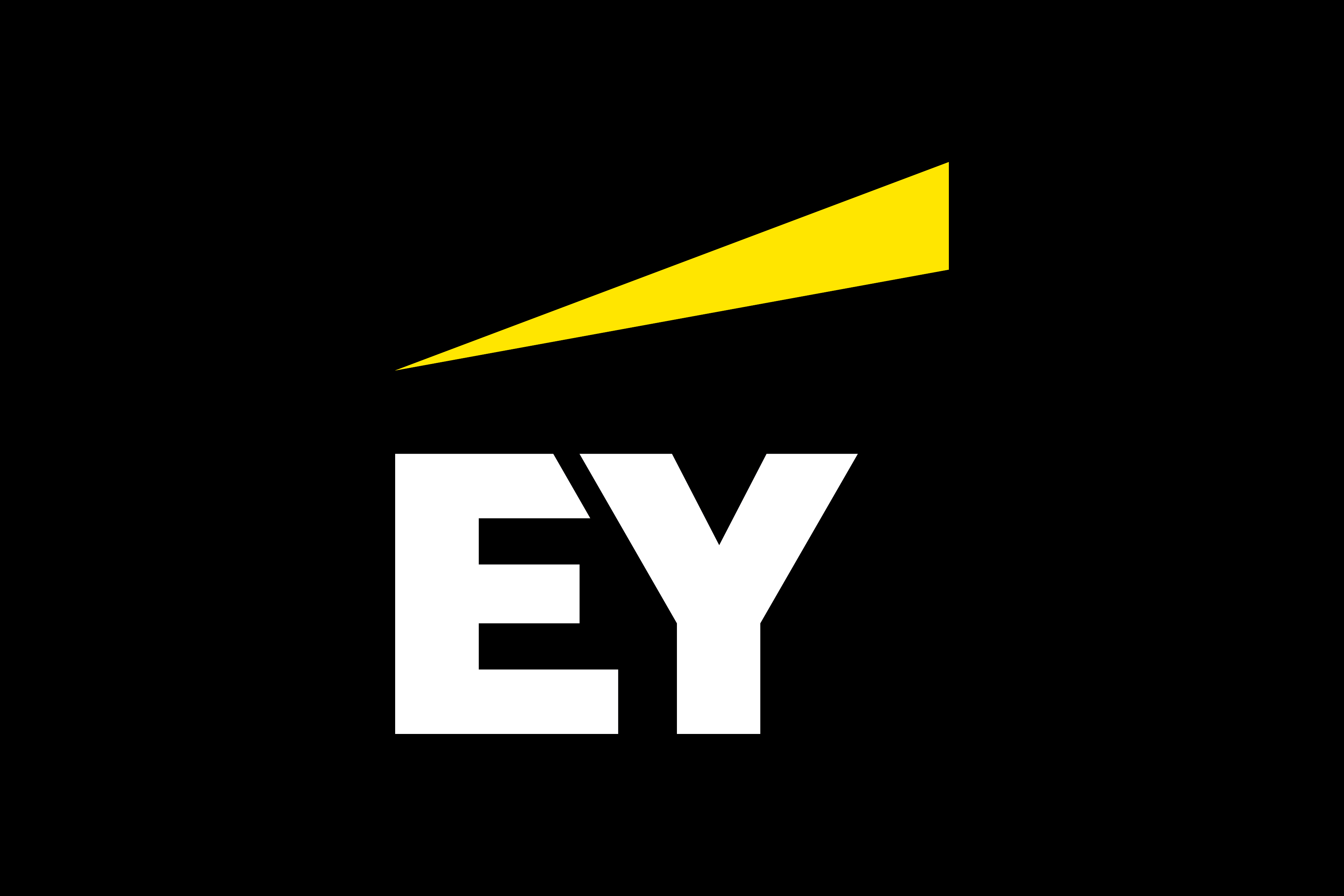EY refers to the global organization, and may refer to one or more, of the member firms of Ernst & Young Global Limited, each of which is a separate legal entity. Ernst & Young Global Limited, a UK company limited by guarantee, does not provide services to clients.
How EY can help
-
The EY Americas Metals and Mining Center of Excellence offers companies access to cutting-edge services and innovation-led solutions.
Read more
At the strategic level: Simultaneous optimization
The incorporation of advanced simultaneous optimization tools into LOM planning offers another compelling avenue for open-pit activities, providing opportunities to enhance operational efficiency and maximize asset value. Certain software solutions currently available in the market look to leverage stochastic modeling to generate optimized production schedules that align with evolving market conditions and resource availability. By leveraging the simultaneous optimization of when, where, and how to process material, these tools enable operators to make informed decisions that significantly increase the net present value (NPV) of their assets.
Not to be forgotten and equally important is the strategic allocation of capital which also plays a determining role in open-pit mining, ensuring investments are directed toward high-impact initiatives that drive both short-term gains and long-term sustainability. Miners can even avail themselves to tools that specifically facilitate the optimization of capital decisions like capacity increases through equipment acquisition or the honouring of ESG key performance indicators (KPIs) like decarbonization.
Future-proofing mining operations through innovation and strategic alignment
The current economic landscape is exacerbating many of the challenges inherent in open-pit projects. That is why the industry must proactively address the challenges of productivity, cost efficiency, and waste management to remain competitive. By adopting a systems-level approach that harmonizes technical performance with financial outcomes, mining companies can unlock new value in their operations.
Moreover, the integration of advanced diagnostic tools can further enhance operational efficiency and support long-term sustainability goals. These modern digital platforms provide insightful dashboards focused on KPIs, enabling data-driven decision-making that enhances productivity and reduces costs. These tools are specifically designed to help companies identify operational bottlenecks, optimize resource allocation, and simulate operational scenarios to forecast outcomes, ensuring that every decision is backed by robust data to maximize open-pit productivity.
By embracing a comprehensive suite of operational and strategic tools, mining companies can navigate their open-pit operations, ensuring they are well-equipped to meet future demands while maximizing their value proposition. Ultimately, proactive management of these issues will enable miners to thrive in a competitive market, allowing for growth.







